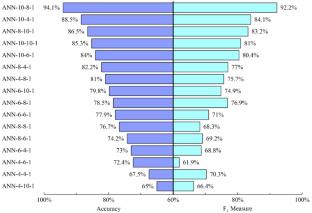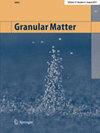Prediction of the gradation stability of granular soils using machine learning techniques
Abstract
An innovative methodology for predicting gradation stability using integrated machine learning technologies is introduced. Current geometric criteria for suffusion assessment rely on a limited set of characteristic particle sizes, which results in a loss of detailed gradation information embedded in grading curves. This study proposes a new framework for evaluating the suffusion sensitivity through predicting the gradation stability of granular soil with a specified grading curve. Two distinct integrated machine learning models are developed to quantitatively assess soil internal stability. The predicted results and performance analysis demonstrate that the PCA-SVM model achieves superior classification accuracy for internal stability, while the PCA-ANN exhibits enhanced predictive capability in estimating the probability of internal stability within the given dataset. The proposed methodology provides a novel application for investigating the relationship between gradation characteristics and stability. This study will facilitate further research on establishing the accurate gradation stability criteria and predicting the soil suffusion sensitivity.
Graphical Abstract


 求助内容:
求助内容: 应助结果提醒方式:
应助结果提醒方式:


